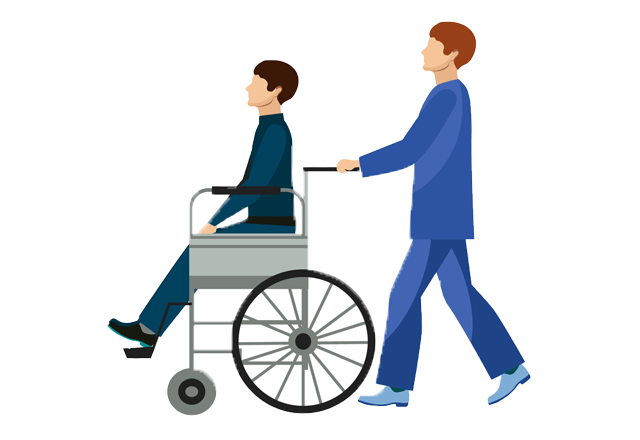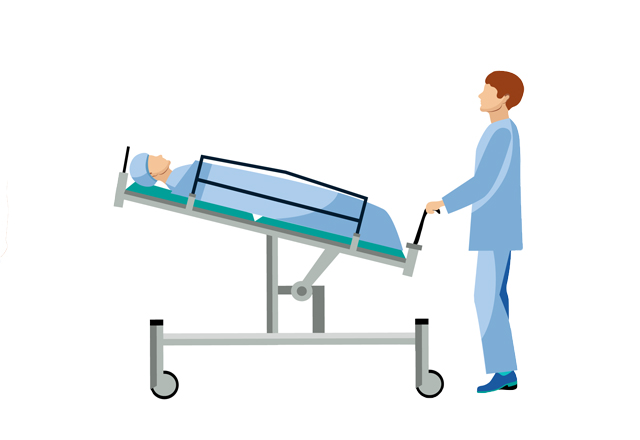
Coronary artery bypass graft surgery (CABG) increases blood flow to the heart by creating a bypass around blocked coronary arteries using a healthy blood vessel from another part of your body.
Our cardiac surgeons at Johns Hopkins provide patients with the latest surgical treatment for coronary artery disease from groundbreaking research. We offer comprehensive surgical care at our locations in the Baltimore, Maryland and greater Washington, D.C. areas.
We specialize in advanced surgical approaches for treating coronary artery disease which includes using more than one artery to bypass a blocked artery, leading to better long-term patient outcomes and survival.

Most patients at Johns Hopkins leave the operating room without a breathing tube or have it removed within hours after surgery compared to other institutions where breathing tubes may be left in longer.

Universally, women tend to have higher infection, readmission rates and death after undergoing cabg surgery. Our team is specialized in treating all women and are aware of factors unique to women that may indicate coronary artery disease.

Coronary artery disease occurs when your coronary arteries are blocked or narrowed, less blood and oxygen can reach your heart which can cause a heart attack, stroke and arrhythmia. This type of heart disease can be treated by creating a bypass from the blocked artery using a healthy artery from another part of your body.
Your doctor will review your health history and complete a thorough physical exam to ensure you are in good health before your procedure. You will be required to undergo diagnostic tests. You may be asked not to eat or drink for a certain amount of time. Learn more about how you can prepare for coronary artery bypass surgery (CABG).
Under anesthesia, your doctor will make incisions in one or both of your legs or one of your wrists to access the blood vessels to be used for the grafts. Your doctor will cut the sternum (breastbone) in the center. They will separate the halves of the breastbone and spread them apart to expose your heart to create the bypass.
This procedure usually requires five to seven days in the hospital. Learn more about what you can expect during the procedure.
After you are released from the hospital you will need another adult to supervise and assist you 24 hours for one week when you return home. You will need to avoid lifting or driving for four weeks while the breast bone heals. Learn more about recovery after the procedure.